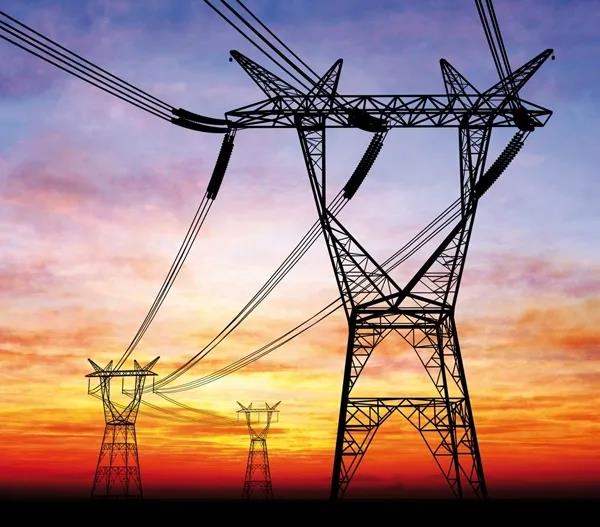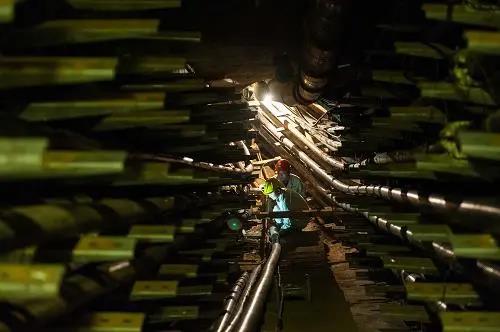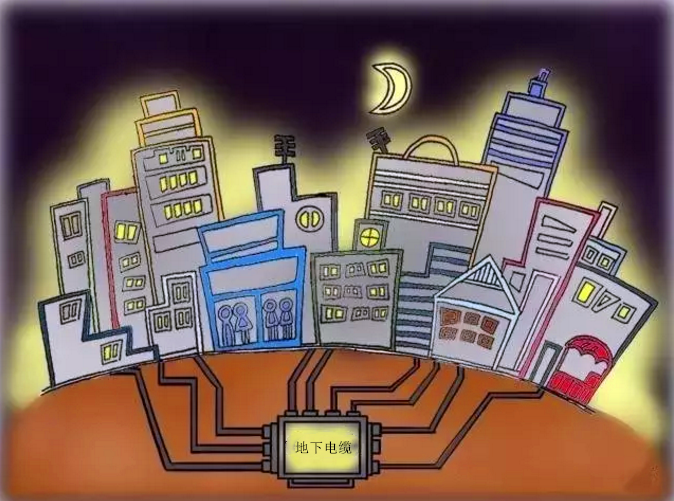(1) The power transmission is not easily affected by the surrounding environment and has high reliability.
(2) The insulation distance between wires is small, the land occupation is small, and there is no interference with radio waves.
(3) When laying underground, it does not occupy the ground and space, which is not only safe and reliable, but also not easy to expose the target.
Therefore, in densely populated urban areas, large factories, power plants, traffic congestion areas and power grid intersection areas require small floor area, safety and reliability, reduce the impact of power grid on transportation and urban construction, and generally use AAC Cable power supply; In severely polluted areas, cables are often used to improve the reliability of power transmission; For the river crossing and river crossing lines with large span, it is not suitable to erect overhead lines, or cables are also used to avoid the interference of overhead lines to ship navigation or radio; Some national defense and military projects use cables to avoid exposing targets; Some also use cables due to the needs of architectural beauty.
Whenever encountering stormy weather, the high-voltage lines exposed in the air will be affected, resulting in power failure, and the power grid staff will nonstop start to repair and maintain the “injured” power grid. Therefore, some people will ask: since it is easy to be damaged when erected in the air, why not “hide” them underground?

Because if all the high-voltage lines are buried underground, once there is a fault, the power grid staff should first apply for the formalities of digging the ground channel, then work overtime to dig the channel, check the fault section by section, and finally find the fault point before repair. The whole process is time-consuming and labor-consuming. So, is it more appropriate to lay the high-voltage line underground or in the air?
Cost
Underground cables: AAAC Cables need to be wrapped in expensive and thick insulating shells.
Overhead wire: high enough to expose the conductor.

technically
Underground cable: difficulty in manufacturing, construction and maintenance.
Overhead wire: it can quickly find and solve faults.
Safety
Underground cable: if electric leakage occurs, it will spread around and cause accidents. Therefore, the voltage level will be limited when laying.
Overhead wire: the exposed wire can be erected in the air according to a certain safe distance, because the air is a natural insulating medium. In this way, it can not only reduce the consumption in transportation, but also reduce the risk of electric shock.

To sum up, overhead high-voltage lines have obvious advantages! Therefore, the use of overhead lines in remote mountainous areas has the advantages of fast construction and low cost. However, there is no space for building overhead lines in many parts of the city, so we can only go underground, which saves space and gives consideration to the beauty of the city.
